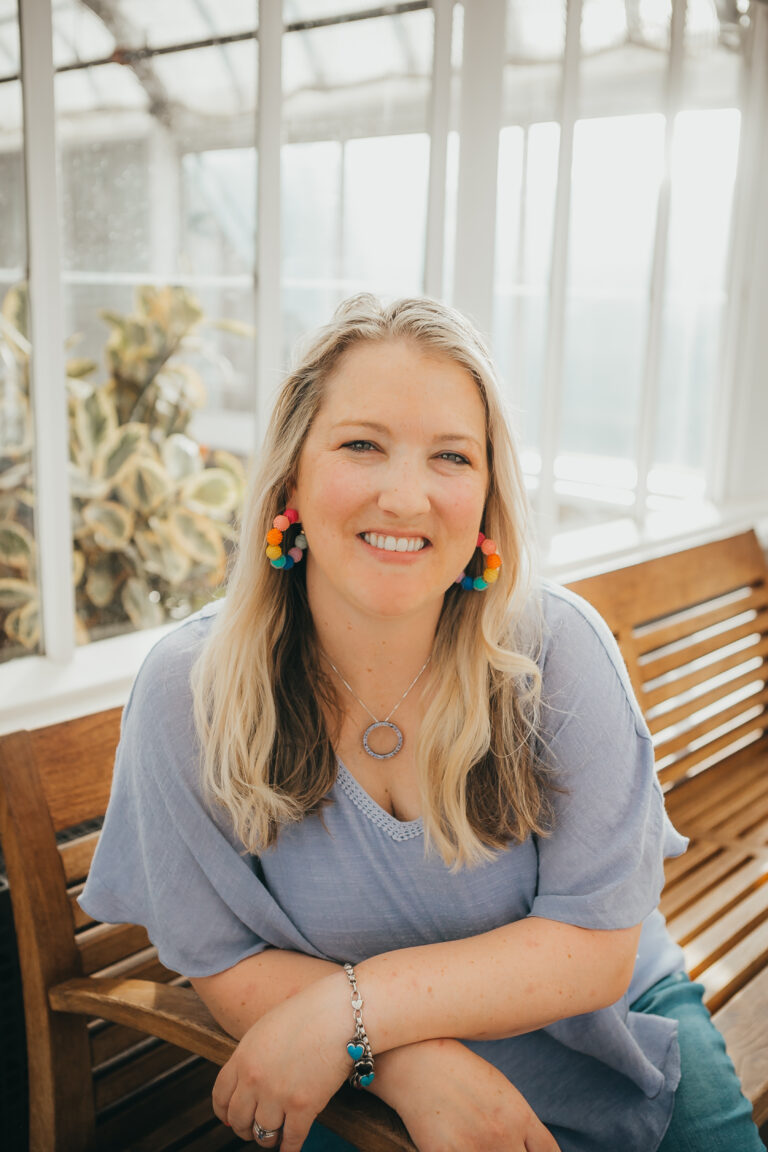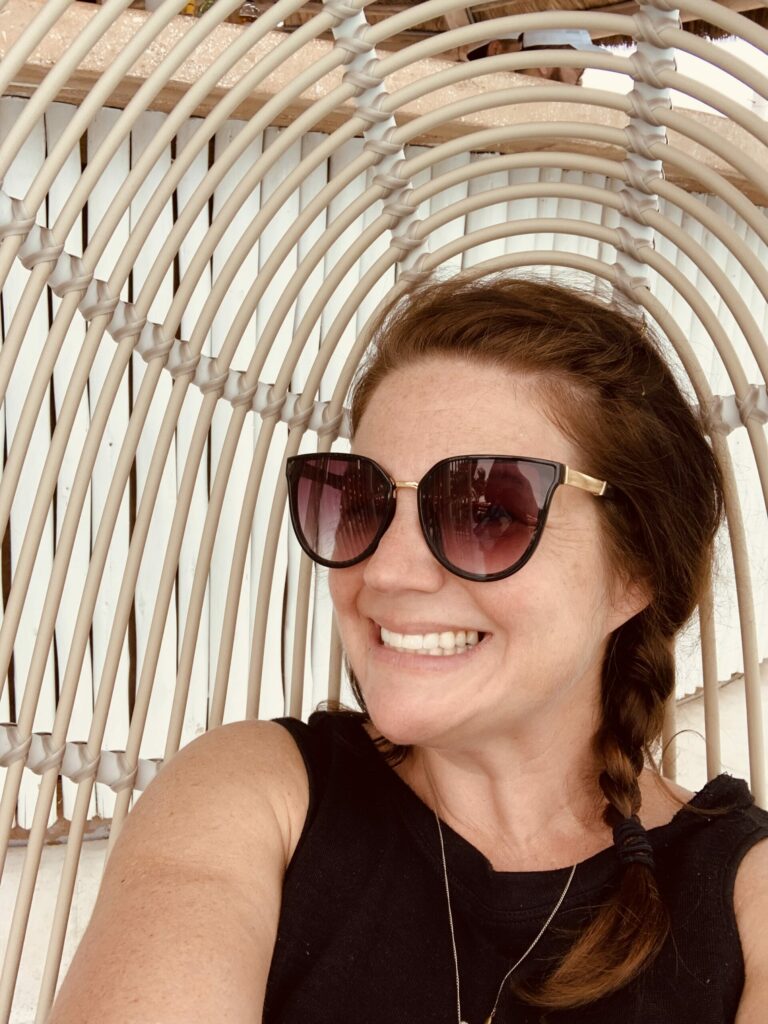It is fascinating to watch as Japan merges its thousands of years of tradition with its present and future. So far, it has been able to do so with some mystery intact. The language barrier has helped, although that's slowly dissolving with bilingual signs and Japanese students learning English. For a while at least, the language, like Japan itself, will remain an intriguing challenge for visitors.
At Tokyo station, waiting for the bullet train (shinkansen), many passengers buy boxed lunches (bento). They are inviting: The map on the cover suggests each of the foods inside has been harvested in a different part of Japan—white radishes from the far west, salmon roe from the far northeast, eel from the south coast.
These boxes are comparable to Japan itself: They have the same sense of order—each food in its own little compartment, carefully thought out and arranged.
They are also standardized, like the "salarymen" in their dark suits—yet, like their splashy ties, they had a container of sauce to spice things up. They are wrapped—everything in Japan gets wrapped. They even have a moist towelette—almost every restaurant gives you one.
The boxed lunch does not, of course, come with a state-of-the-art smartphone and a miniature camera. It does not open to a karaoke tune. It offers no hint of the passion for ice cream or mayonnaise, for the trendiest fashions, for manga, pachinko and cigarettes. And although its packaging reflects modern design, it says nothing about the bold, exciting architecture that is slowly changing the face of Japan.
Geography
Japan consists of four main islands (from north to south: Hokkaido, Honshu, Shikoku and Kyushu), plus the Ryukyu Islands and thousands of smaller ones with a combined total of 17,000 mi/27,000 km of coastline.
Mountains cover two-thirds of the country, including more than 70 volcanoes, many of them quite active. Japan's volcanoes are part of the Pacific's Ring of Fire, an enormous circle of volcanic activity along the edge of the Pacific tectonic plate that runs through the Philippines, New Zealand, California and Alaska.
Where the land is flat, it is devoted to agriculture, industry and urban development, with little between. The mountains, by contrast, are generally left as forests because of the long-seated distrust of building on slopes in a country plagued by earthquakes.
History
According to oral tradition, the country was founded in 660 BC by Jimmu, a descendant of the Shinto sun goddess. Also according to lore, Jimmu was an ancestor of the emperor. Historians, however, place the date of Japan's founding closer to AD 500, when Yamato priest-chiefs established control over the main island of Honshu. During the following 300 years, the country was greatly influenced by China and neighboring Korea, adopting Chinese forms of Buddhism, government and written language, but then changing them to forms that were uniquely Japanese.
After the capital was moved from Nara to Kyoto in 794, the imperial court gradually became weaker. Following a long power struggle, the strongest warlord seized power from the Kyoto court and assumed the title of shogun. From this point on, the emperors were marginalized and the country was ruled by a succession of shoguns. Civil war left the country exhausted, and Kublai Khan's Mongols twice tried to take advantage of this weakness. Two invasions were cut short when the fleets were destroyed by typhoons (miraculous occurrences attributed to the kamikaze, or divine protective winds).
The first Tokugawa shogun completed the unification of the country and established his administrative base in Edo (present-day Tokyo), while the emperor's court remained in Kyoto. The shogun's descendants controlled Japan from 1600 to 1868 (usually known as the Edo Period).
Europeans first arrived in the 16th century, introducing guns and Christianity to the island. By the 17th century, Japan had had enough of both and closed itself off from the outside world, a period that led to the development of many of its distinctive customs and traditional arts. The country remained isolated until 1853, when U.S. Commodore Matthew Perry arrived with a squadron of warships and forced the reopening of trade.
After a brief civil war, the forces of the last shogun were defeated by rebellious warlords, who called for the restoration of imperial rule. The shogun resigned a few years later, and Emperor Meiji assumed control of the country. During Meiji's reign, Japan became the leading military power in Asia. After victory over China (which ceded Taiwan) in 1894, Japan defeated Russia in 1905. Japan's imperial ambitions led to the annexation of Korea in 1910, along with the invasions of Manchuria in 1931 and China in 1937.
The bombing of Pearl Harbor, Hawaii, on 7 December 1941 brought the U.S. into World War II. Japanese and Allied forces battled fiercely for control of island after island across the Pacific. Then on 6 August 1945, the world's first atomic bomb was dropped on Hiroshima. Three days later, a second atomic bomb devastated Nagasaki, and six days later, the Japanese surrendered.
The country was occupied by the Allies for the next five years, although Okinawa did not revert to Japan until 1972. During the 1950s, Japan accomplished what can only be described as an economic miracle: The country was transformed from an exhausted, occupied nation into an economic powerhouse in just a few decades. A hyper-inflated "bubble" economy built up during the overheated real-estate boom of the 1980s.
But in 1990, the bubble burst and Japan's economy collapsed, with stock and real-estate prices plunging. Throughout the '90s, Japan suffered from economic stagnation, leading to many bankruptcies and unprecedented unemployment rates. Saddled with massive bad loans and administrative inertia, the economy was slow to recover, with little growth until 2003. Although the government says the recession has bottomed out and consumer spending is rebounding (especially in central Tokyo), Japan remains dependent on its export industries, and future economic prospects are still uncertain.
Snapshot
Among Japan's chief attractions are Mount Fuji, gardens, shopping, cherry blossoms, cultural attractions (from palaces and historic sites to sumo wrestling and Kabuki theater), bullet trains, beaches, war (and peace) memorials, traditional crafts, and religious shrines and temples.
Japan is a wonderful, fascinating and, unless you're very careful, expensive destination. Don't go if you are on a tight budget or are uncomfortable among dense crowds or in confining spaces. Be aware that you'll have to do a lot of walking to explore most attractions. Avoid traveling to Japan the first week of January, last week of April and first week of May, in late July or early August. These are major holiday periods when there are many closings and public transportation is fully booked.
Potpourri
Shinto has 88,000 gods, more than any other religion in the world. During the month of November, the gods take a break from their busy schedule and get together for a conference at the Izumo Taisha Shrine in Shimane Prefecture.
How to distinguish a Shinto shrine from a Buddhist temple? Shrines almost always have gates known as torii (or "bird perch")—two pillars topped by two horizontal beams. In contrast, Buddhist temples often have gateways with tiled roofs that look like miniature versions of the temple itself.
You'll see "samurai castles" perched on hilltops around the country, but only 12 are original. Others, including the famous Osaka Castle, are modern concrete replicas. Himeji Castle, west of Kobe, is by far the most imposing and is well worth a day trip—as is the black Crow's Castle in Matsumoto, to the north of Nagoya in central Japan.
The Hello Kitty phenomenon celebrated its 45th anniversary in 2019. The omnipresent cat, which was dreamed up (and is still owned) by Sanrio Corp., even appears on telephones, a brand of water, and underwear.
Big-screen tough man Tommy Lee Jones is better known in Japan as a sympathetic soul working in a karaoke parlor. Such is the character he plays in a popular commercial for canned coffee. He won the hearts of young and old alike as his character cried while listening to an enka (Japanese folk song).
Most new buildings in Japan do not touch other buildings. Why? Think earthquake.
Buildings are numbered according to when they were built, not their location on a street. To find a business or home, you may need to do as the locals do: Take the address to the neighborhood police box (or koban)—they're everywhere. You may find maps posted around, but they're of little help unless you read Japanese.
Pachinko parlors are everywhere (the game resembles vertical pinball and can pay off like a slot machine). The parlors are incredibly noisy, brightly lit, smoky and invariably full of people, night and day. Although skilled players can make money, for most it's just an enjoyable pastime.
Japanese comic books, known as manga, are read voraciously by all ages and are available at every newsstand. Some are as thick as telephone books. For adults, some get pretty racy. Manga and anime, animated movies and shows in the same style, are gaining popularity in the West. Examples include Ghost in the Shell and Attack on Titan.
The so-called "eternal flame" that burns in Hiroshima is not actually intended to be eternal. It will be extinguished when the last nuclear weapon is destroyed.
Some Japanese half-jokingly refer to the U.S. state of Hawaii as "Hawaii-ken" (Hawaii Prefecture) because of its popularity with Japanese tourists.
Should you have problems making your English understood by people who claim to speak the language (or difficulty understanding someone speaking it), try writing out your messages. Many Japanese understand written English better than the spoken version.
The Byodin Temple in Uji, near Kyoto, features on the back of Japan's 10-yen coin.















































